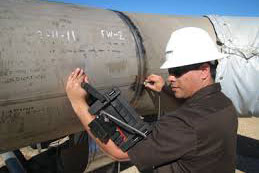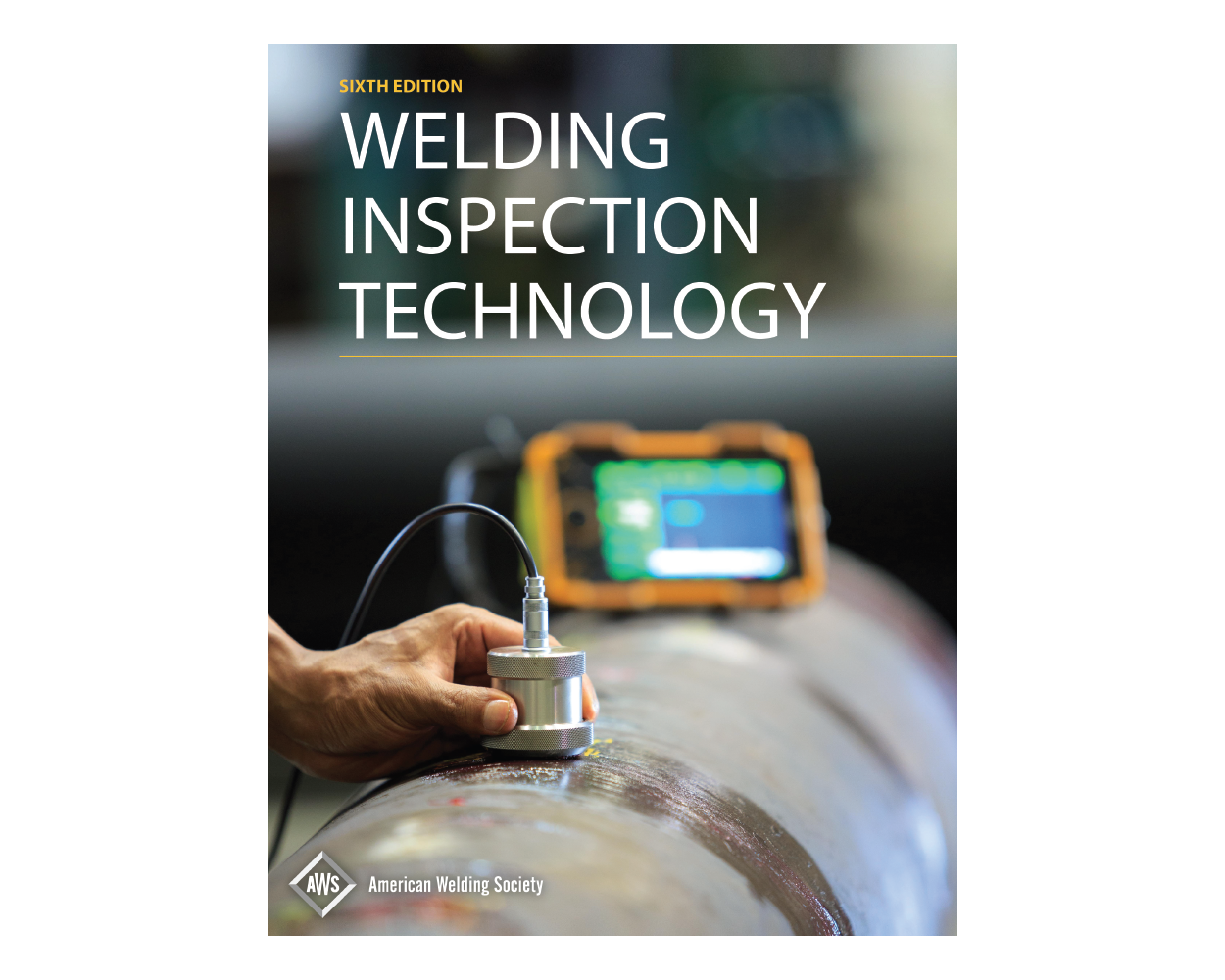The Impact of Extensive Welding Evaluation on Market Specifications: Promoting Security, Integrity, and Conformity Across Different Sectors
The function of strenuous welding assessment is increasingly acknowledged as a vital part in improving sector standards, where compliance, reliability, and safety take precedence across diverse fields. By ensuring consistency to established guidelines, such as those stated by AWS and ISO, these evaluations not just minimize threats yet additionally grow a sense of responsibility amongst specialists. However, as sectors advance and face brand-new difficulties, the effects of these techniques may prolong beyond mere compliance. What improvements might we prepare for in welding methods as the need for top quality and security magnifies?
Significance of Welding Inspections
Identifying the important function of welding evaluations in keeping top quality and safety and security requirements, industry specialists prioritize these examinations to make certain architectural stability. Welding assessments serve as a crucial checkpoint in the fabrication procedure, determining problems that can compromise the longevity and security of bonded frameworks. By methodically assessing welds, inspectors can find issues such as incomplete penetration, porosity, and cracks, which may not show up to the nude eye.
The significance of these evaluations expands past plain compliance; they are necessary for protecting lives and shielding investments. In critical markets such as building and construction, aerospace, and manufacturing, a solitary malfunctioning weld can result in tragic failures, causing both financial loss and human casualties. Executing rigorous inspection protocols reduces these dangers and enhances total task reliability.
Moreover, consistent welding evaluations foster a society of high quality throughout companies, motivating welders to stick to best practices and maintain high requirements in their job. This dedication to high quality not only boosts functional efficiency but likewise enhances the credibility of firms within their particular fields. Thus, welding assessments are vital in promoting safety, integrity, and conformity throughout numerous sectors.
Key Industry Criteria and Regulations
The structure of welding inspections is underpinned by a robust set of industry requirements and laws that regulate practices across various sectors. Key establishments, such as the American Welding Society (AWS) and the International Organization for Standardization (ISO), develop guidelines that ensure high quality and safety and security in welding operations. AWS D1.1 details important requirements for welding steel frameworks, while ISO 3834 defines top quality requirements for combination welding.
Along with these specific requirements, sector regulations like the American National Requirement Institute (ANSI) and Occupational Safety and Health And Wellness Administration (OSHA) mandates further improve compliance by setting security procedures and functional finest methods. These guidelines are critical in industries such as construction, aerospace, and production, where welding honesty is vital.
Moreover, sector-specific requirements, such as those from the American Society of Mechanical Engineers (ASME) for stress vessels, give extra layers of examination to guarantee that welds meet strict safety and efficiency requirements. Adherence to these standards not just assists in regulatory conformity however also promotes a culture of quality and dependability across the welding market, ultimately guarding public well-being and improving operational performance.

Advantages of Compliance and Integrity
Continually adhering to sector criteria and guidelines in welding evaluations returns significant advantages, boosting general reliability and efficiency. The leading benefit is the assurance of quality in welded joints, which straight adds to the safety and security of structures and tools. Compliance with established criteria reduces the threat of failure and disastrous events, thus shielding both human life and useful assets.
In addition, organizations that focus on strenuous welding examinations promote a culture of responsibility and professionalism and reliability. This dedication not just boosts the online reputation of the business however likewise instills self-confidence in stakeholders and customers regarding the integrity of items and solutions. Dependable welding procedures result in reduced expenses related to rework, repairs, and prospective legal obligations originating from subpar workmanship.
In addition, preserving compliance with market requirements promotes smoother governing communications, as organizations can conveniently demonstrate adherence to required procedures (Welding Inspection Gilbert Arizona). This aggressive method can cause beneficial collaborations and chances within the industry, in addition to access to brand-new markets
Difficulties in Welding Assessment
Browsing the intricacies of welding evaluation provides a myriad of challenges that can impede compliance with sector requirements. One significant barrier is the variability in examination strategies and modern technologies. Different industries might employ diverse techniques, leading to incongruities in the assessment of weld quality. In addition, the absence of standardized training for assessors can cause diverse analyses of inspection criteria, which may compromise safety and reliability.
Another challenge exists in the accessibility of innovative assessment tools - Welding Inspection Gilbert Arizona. While technologies such as ultrasonic testing and radiography can enhance discovery abilities, their implementation may be restricted by cost or availability, especially in smaller sized procedures. This difference can lead to a reliance on much less effective evaluation techniques, boosting the threat of undetected defects
Furthermore, the fast-paced nature of modern production often stress inspectors to prioritize speed over thoroughness, possibly overlooking critical flaws. Governing conformity can be daunting due to the evolving nature of market requirements, leaving organizations having a hard time to maintain up with the latest Read Full Report needs. These challenges require continuous improvement in examination methods to ensure the honesty of bonded frameworks throughout different fields.
Future Trends in Welding Practices
Arising modern technologies and advancing approaches are established to transform welding practices in the coming years. Improvements in automation, such as robotic welding systems, are obtaining traction, boosting accuracy and efficiency while minimizing human mistake. These systems will certainly not just quicken manufacturing yet also assist in consistent quality assurance, dealing with a few of the challenges dealt with in hand-operated welding.
Additionally, the integration of expert system (AI) and artificial intelligence right into welding processes is poised to change evaluation and surveillance. Real-time information analytics will make it possible for predictive maintenance, enabling aggressive treatments that lower downtime and boost safety. Augmented fact (AR) and online fact (VIRTUAL REALITY) innovations are ending up being critical in training welders, giving immersive experiences that boost skill advancement without the risks associated with typical approaches.
Sustainability is additionally a vital fad, as sectors seek greener techniques. The adoption of green materials and approaches, alongside energy-efficient machinery, will likely end up being basic. As sectors adapt to these modifications, the emphasis will shift towards higher compliance with safety and ecological regulations, making certain that welding methods not only fulfill current requirements yet likewise pave the method for a safer and more lasting future.

Verdict
Finally, strenuous welding assessments significantly enhance industry criteria by ensuring safety and security, reliability, and conformity across numerous markets. By systematically determining problems and adhering to developed guidelines, these evaluations alleviate risks connected with structural failures. The promo of responsibility amongst welders leads to higher high quality outcomes, promoting depend on within areas. As sectors remain to focus on functional stability, the value of complete evaluations will only increase, ultimately profiting organizations and culture at huge.
The function of extensive welding assessment is increasingly acknowledged as an essential component in boosting industry criteria, where look at this website dependability, conformity, and safety take priority across varied fields. Thus, welding evaluations are crucial in promoting safety and security, integrity, and conformity throughout various sectors.
Secret establishments, such as the American Welding Culture (AWS) and the International Organization for Standardization (ISO), establish standards that ensure high quality and YOURURL.com safety in welding procedures. AWS D1.1 outlines important requirements for welding steel frameworks, while ISO 3834 specifies high quality needs for blend welding.
In conclusion, extensive welding inspections significantly improve sector criteria by guaranteeing safety and security, dependability, and compliance throughout different fields.